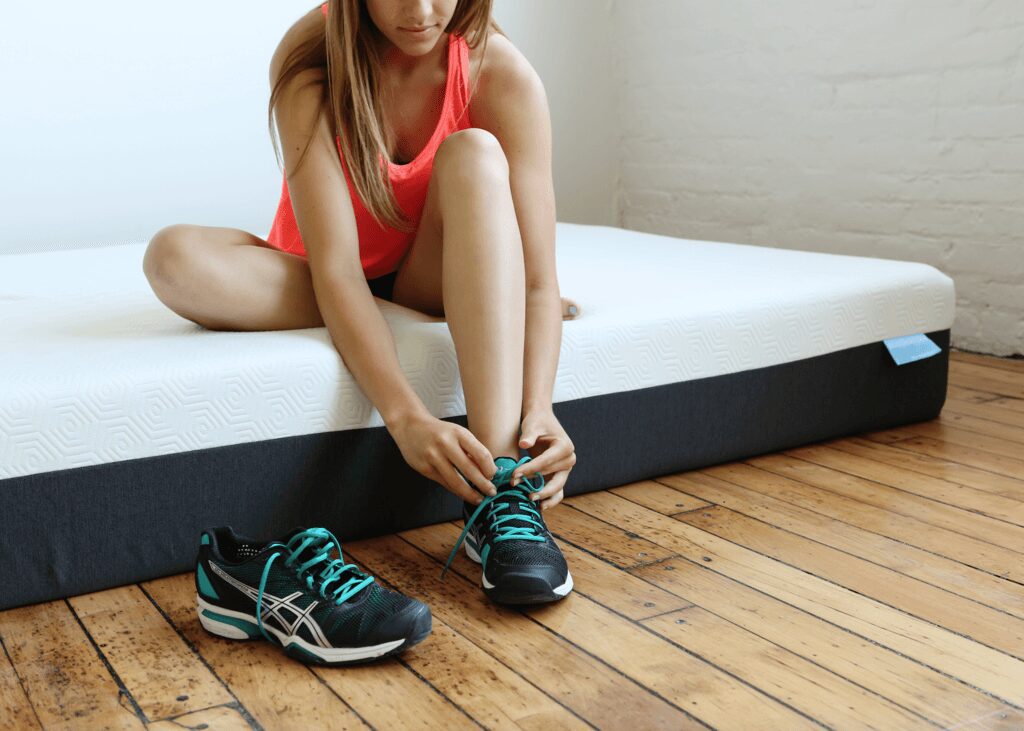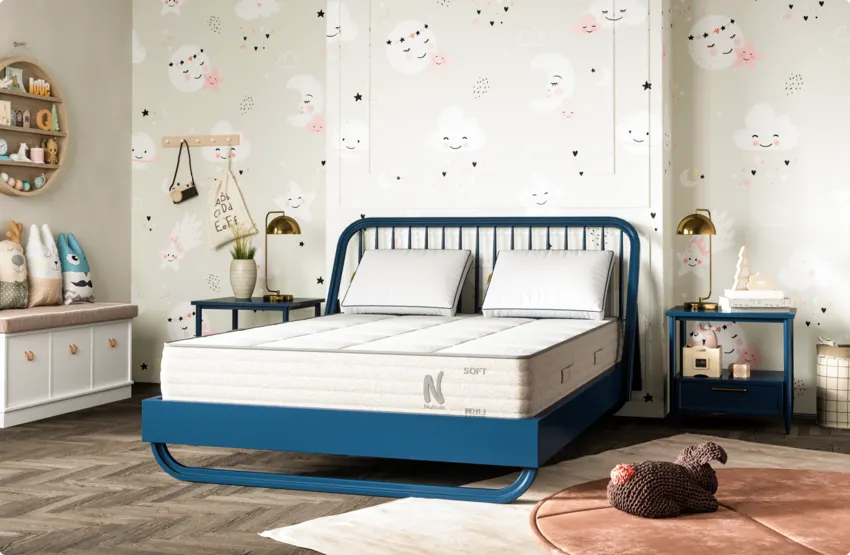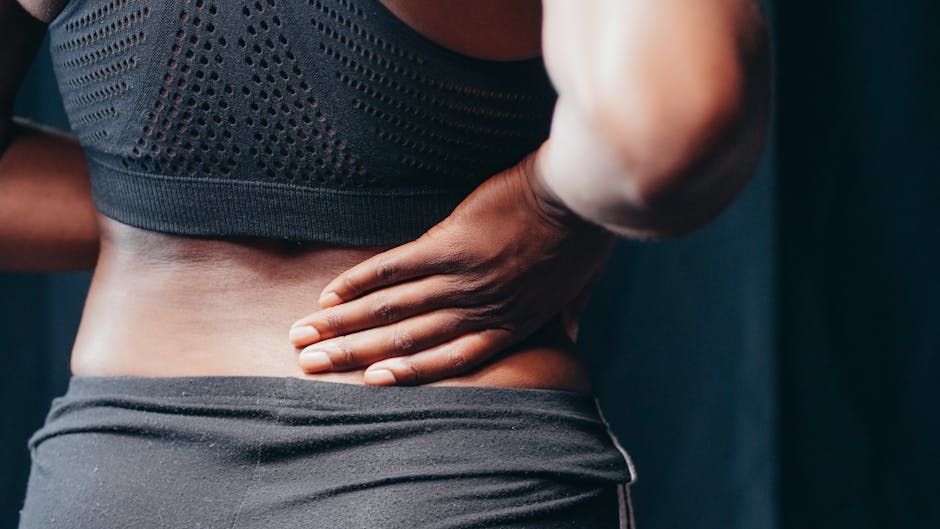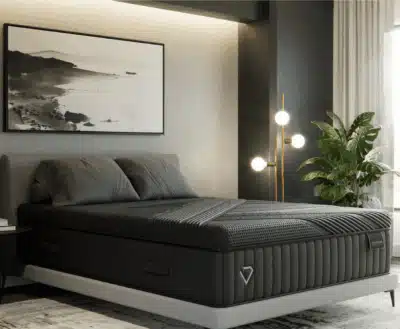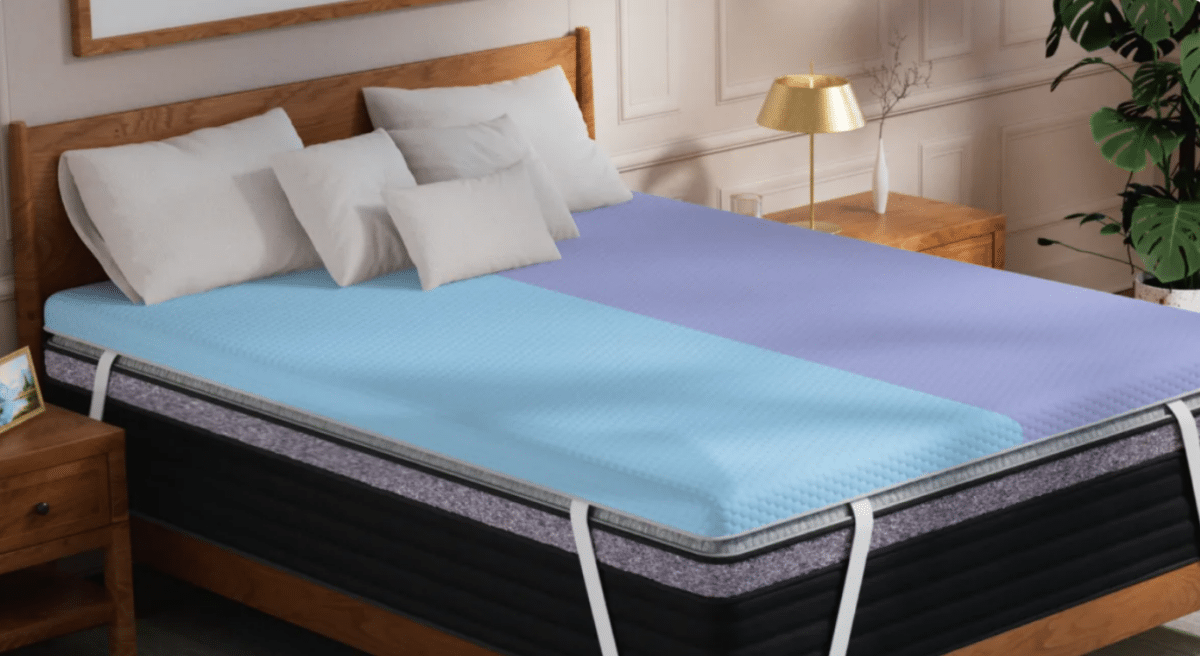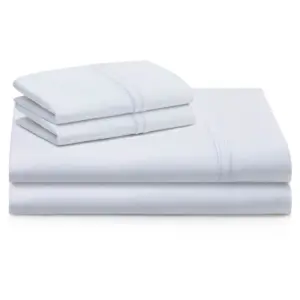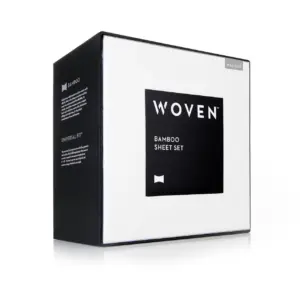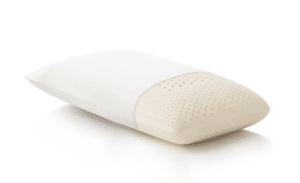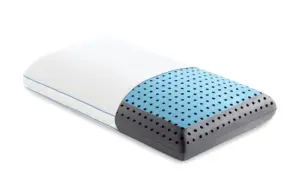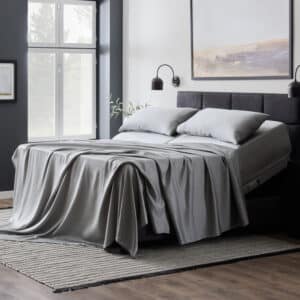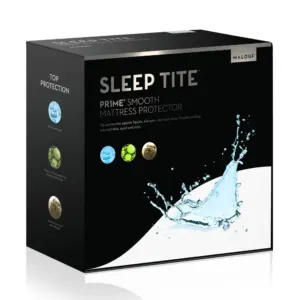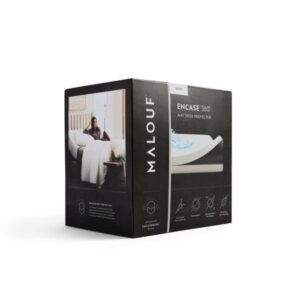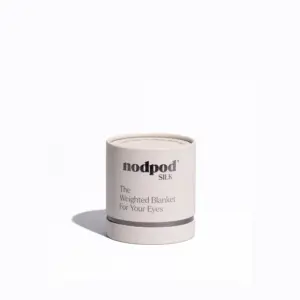The Complete Guide to Viscose vs. Rayon: Understanding Fabric Differences
When it comes to textiles, pinpointing the differences between viscose and rayon can be a challenge. Frequently used interchangeably, these fabrics possess unique properties that cater to various applications. This guide will help you navigate these semi-synthetic options and make informed choices for your clothing and bedding needs while focusing on their environmental impact and versatility.
Viscose vs. Rayon: The Basics
Both viscose and rayon are derived from natural cellulose fibers, but they undergo different processing methods. The result is a range of textures, durability, and environmental concerns that vary based on the fabric. Viscose and rayon are both known for their softness and breathability, making them excellent options for apparel and home textiles. However, the traditional manufacturing methods raise significant environmental concerns. Newer, more sustainable alternatives like Tencel offer eco-friendly options worth considering.
What is Rayon?
Rayon is a semi-synthetic fiber crafted from natural materials such as wood pulp or bamboo. It serves as a versatile middle ground between natural fibers like cotton and fully synthetic materials like nylon. One of the standout features of rayon is its ability to mimic the textures of more expensive fabrics like silk, cotton, or wool, making it a popular choice for various applications.
Types of Rayon
Rayon comes in several forms, each with distinct properties. Here’s a brief description of the primary types:
– Modal: Typically derived from beech wood, modal is recognized for its resistance to shrinking and wear, even in wet conditions, making it an excellent choice for activewear and towels.
– Lyocell: Sourced from eucalyptus pulp, lyocell utilizes a more eco-friendly manufacturing process that minimizes the use of harmful chemicals. Often marketed under the Tencel brand, lyocell boasts softness and moisture-wicking properties, making it suitable for everything from bedding to sportswear.
– Bamboo Rayon: As the name suggests, this type of rayon is created from bamboo. Though often promoted as sustainable, the process of converting bamboo into rayon involves significant chemical processing. Nonetheless, bamboo rayon is favored for its softness and breathability.
– Cuprammonium Rayon: This variant employs copper and ammonia in its production. While less common, it is known for its silky texture and excellent draping quality, ideal for high-end fashion.
– Polynosic Rayon: Similar to modal, polynosic rayon is designed for high performance, exhibiting increased resistance to shrinking and wear.
Next, let’s delve into viscose—the most common type of rayon—and explore how it’s made and its unique characteristics.
What is Viscose?
Viscose stands out as a luxurious fabric known for its silky texture and elegant appearance. Frequently used in clothing and bedding, viscose offers a more affordable alternative to silk without sacrificing style or comfort.
How Is Viscose Made?
Viscose is classified as a semi-synthetic fabric because it originates from natural materials but undergoes extensive chemical processing. Its primary raw materials are wood pulp and cotton linter, commonly sourced from eucalyptus, pine, and beech trees.
Manufacturing Process:
1. Preparing the Pulp: The wood pulp or cotton linter is treated with caustic soda, which breaks down the cellulose, facilitating easier processing.
2. Creating the Viscose Solution: The treated pulp is combined with carbon disulfide to create cellulose xanthate, which is then dissolved in more caustic soda, forming a viscose solution.
3. Spinning Fibers: The viscose solution is extruded through spinnerets into a sulfuric acid bath, regenerating the cellulose and forming long fibers that are then spun into threads.
4. Final Treatment: These threads are washed and treated to eliminate any residual chemicals, resulting in a smooth, silky fabric.
Despite its luxurious feel, viscose does come with environmental concerns due to the chemical processes involved in its production. However, advancements in manufacturing are slowly diminishing this impact.
Comparing Viscose vs. Rayon: Key Differences
It’s essential to understand the distinctions between viscose and rayon to make informed decisions.
Manufacturing Process
– Viscose: Specifically made using liquid viscose, this process employs caustic soda and carbon disulfide, resulting in a fabric that is soft but environmentally concerning.
– Rayon: Encompassing various types, rayon includes fabrics like modal and lyocell, which often use less harmful chemicals during production.
Performance and Durability
While both fabrics share attributes like softness and breathability, differences exist:
– Softness: Both are exceptionally soft, making them ideal for clothing and bedding.
– Breathability: They are both highly breathable, suitable for warm-weather clothing.
– Moisture-Wicking: Rayon, particularly lyocell, excels in moisture-wicking, outperforming viscose in that regard.
– Durability: Viscose tends to wrinkle easily and has lower wet strength. In contrast, rayon can offer enhanced durability through varieties like modal, which are more resistant to shrinking and damage.
Pros and Cons of Viscose
When contemplating viscose, it’s crucial to weigh its advantages against its drawbacks:
Pros:
– Lightweight and Breathable: Ideal for summer wear and bedding.
– Silky Texture: Offers a luxurious feel at an affordable price.
– Great Drape: Suitable for elegant clothing and bedding.
Cons:
– Easily Wrinkles: Regular maintenance is necessary to keep viscose looking crisp.
– Weak When Wet: Requires careful handling during washing.
– Environmental Concerns: The production process is detrimental to the environment.
Pros and Cons of Rayon
Rayon also has its merits and downsides:
Pros:
– Soft and Silky: Luxurious feel comparable to silk.
– Breathable: Perfect for warm weather.
– Versatile Appearance: Inimitable style across various clothing and textiles.
Cons:
– Wrinkles Easily: May require regular ironing.
– Less Durable: Can wear out quickly if used frequently.
– Chemical Concerns: The production employs toxic substances.
Making Your Choice: Viscose vs. Rayon
The decision between viscose and rayon largely hinges on your specific needs and preferences.
Choose Viscose If:
– You desire a silky, lustrous finish.
– You prefer fabrics that are soft against the skin.
Choose Rayon If:
– You’re looking for something more breathable for hot climates.
– You need a more durable option that withstands frequent use.
Sustainable Alternatives to Viscose and Rayon
If you’re concerned about environmental impact, consider eco-friendly options such as:
– Tencel (Lyocell): Created using a closed-loop process that recycles over 99% of solvents, making it a superior, sustainable alternative.
– Bamboo Rayon: Quick to grow and biodegradable, but ensure environmentally conscious manufacturing.
– Organic Cotton: Grown without harmful chemicals, offering durability and comfort.
– Hemp: Requires minimal water and pesticides while providing excellent breathability and strength.
These alternatives not only reduce ecological impact but still deliver desirable properties akin to viscose and rayon.
Conclusion
Navigating the intricacies of viscose and rayon may be challenging, but understanding their differences and individual characteristics will help you make informed choices for your fabrics. Whether you lean towards viscose for a silk-like sheen or rayon for its cooling properties, each option boasts unique benefits. Additionally, sustainable fabrics like Tencel or organic cotton can provide eco-conscious alternatives without compromising quality or comfort.
For further information on eco-friendly bedding options, explore resources on Yawnder, where we specialize in helping you make informed choices about your sleep products.

